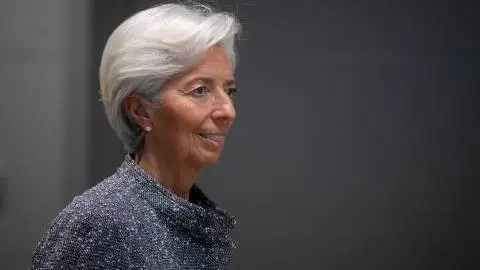Libor reform: Big bang moment(s) ahead
The big prep continues; for the day when we morph from Ibors to the holy grail of risk free rates. Slowly but surely progress is being made, but the real deal is the moment when we make the switch(es), as different agendas run at different paces. The deadline is the end of 2021 (albeit more relaxed for Euribor). It’s a race, not to the finish line, but to get ready
The big prep continues; for the day when we morph from Ibors to the holy grail of risk free rates. Slowly but surely progress is being made, and items are ticked off as complete. But the real deal is the moment when we make the switch(es), as we still have different agendas running at different paces. The deadline is end-2021 (albeit more relaxed for Euribor). It’s a race, not to the finish, but to get ready.
At some point in 2021 there will be an announcement that Libor will cease to exist. Prior to that point, all ducks need to be in a row. We know now for example that the spread from Ibors into the respective risk free rates will be set as the 5yr median, for derivatives. For cash products this is supported by some working groups, but not all, at least not yet. There is also likely to be a difference between the calculated median transitions spread and the actual spread. Also there are Covid-19 related delays to consider.
That said, and contrary to popular opinion, these strange times might just throw up a set of circumstances that maximise the odds of having a smooth conversion. Why? It is not inconceivable that one year from now we find that Libor has calmed to a more “normal” level, and that Risk Free Rates in arrears are flat to Risk Free Rates in advance, as official rates remain low and the forwards benign. If we get that, we could find, remarkably, that conversion rates are stable and close to historical medians.
But even before we get there, some important nuances are in play. US consumer loans will likely have a 1yr transition to the 5yr median spread. In contrast, typical derivative contrasts will likely gap to the new spread. Any deviations here could potentially be melted into an adjustment of credit spreads charged by banks, but this is open to question and far from certain. Important here is synchronicity between business loans and derivatives, else hedges uncover unnecessary basis risk.
Cross currency swaps is another areas of contention. While some consensus has built on convention for the mirrored Risk Free Rate swap, there is none on the re-papering of just one leg from Ibor; it’s being left to the individual counterparties. Euribor will likely stay around a bit longer than Libor, increasing this risk. At the same time, the recent shutdown and systemic pressure on the Eurozone has pressured reformed Euribor more than is comfortable (therein, in fact, is a reason for Euribor to switch sooner).
Meanwhile, the UK continues to cheerlead the process. No more Libor-linked cash product after 3Q20 is the target, and the BoE will increasingly penalise Libor-linked collateral in its operations. They mean business in the land that first gave us Libor.
Tags
RatesDownload
Download report
28 April 2020
ING’s Covid-19 roundup: Lagarde and Powell’s whatever-it-takes moment This bundle contains 11 ArticlesThis publication has been prepared by ING solely for information purposes irrespective of a particular user's means, financial situation or investment objectives. The information does not constitute investment recommendation, and nor is it investment, legal or tax advice or an offer or solicitation to purchase or sell any financial instrument. Read more





